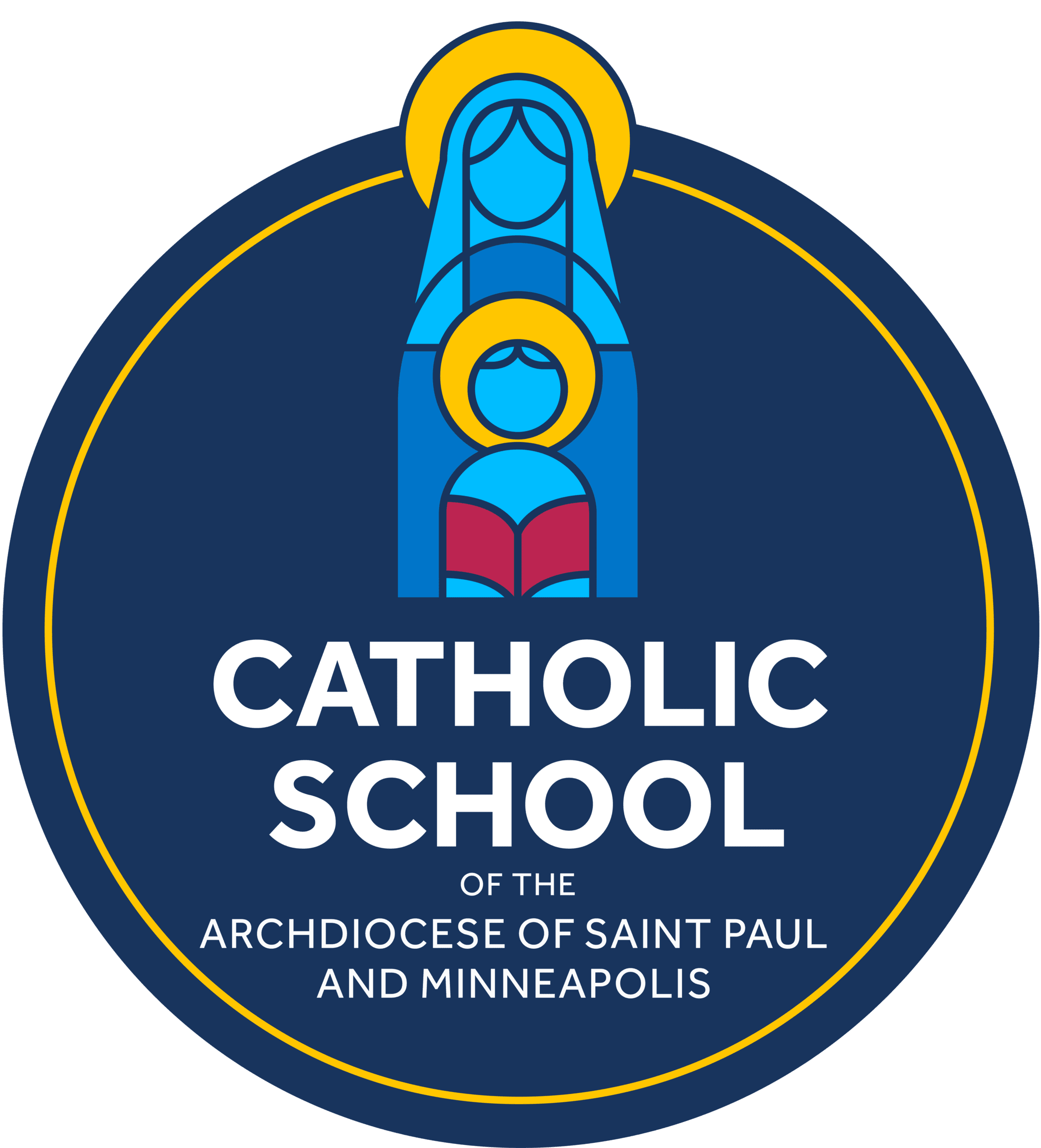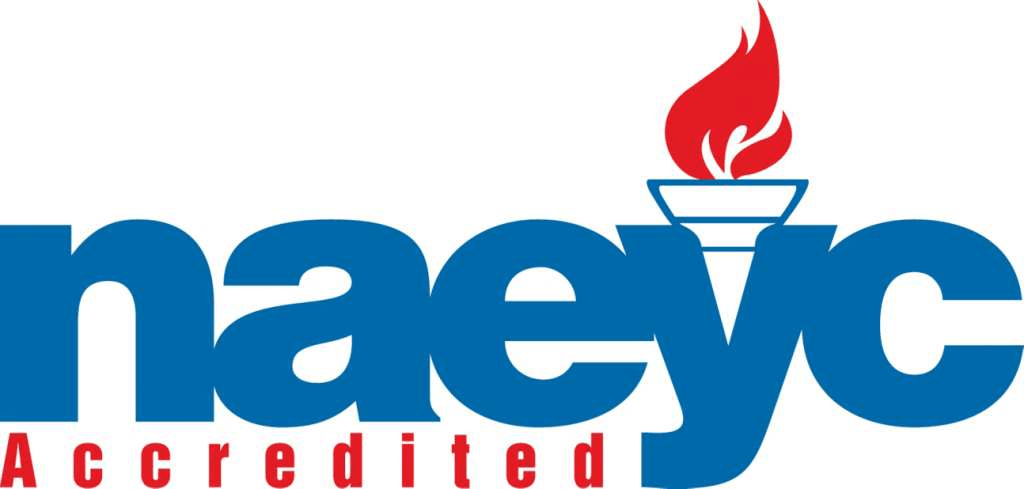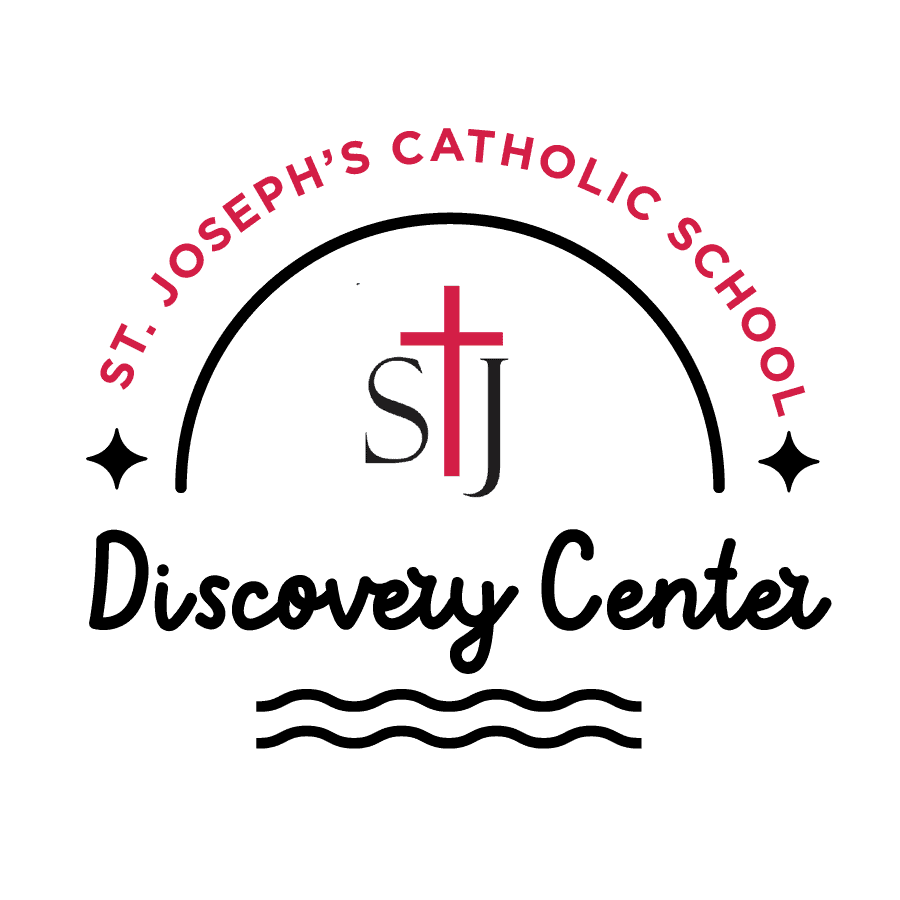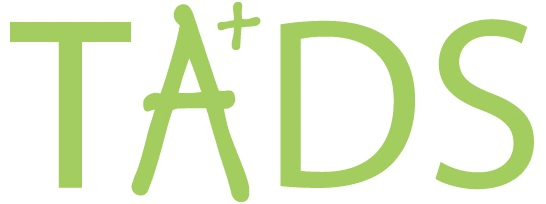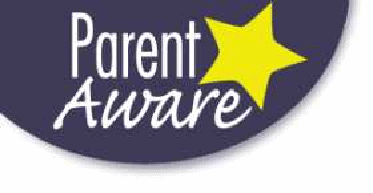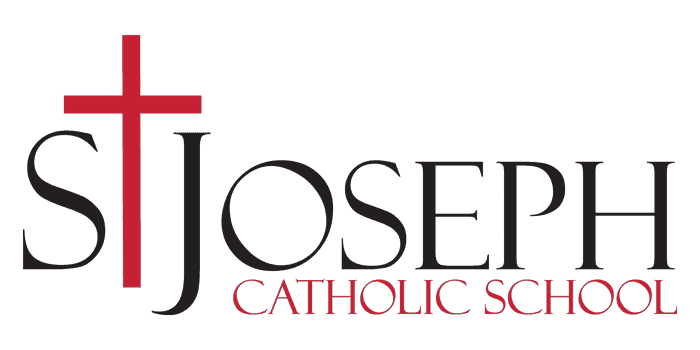In eighth grade the main focus is on both providing students with leadership opportunities and preparing students adequately for high school. Students are able to take learning into their own hands by engaging in many projects using communication and collaboration skills. By applying what they have learned throughout their middle school years, students can bring critical thinking skills to their full potential in all academic areas.
Students come to know the Lord in Faith class by studying the most important aspects of the Catholic faith expressed through our Scripture and Tradition. By using the Alive in Christ book, Catholicism is studied in a way that each 8th grader can fully understand. Through daily prayer, reflection, and discussion, students come to recognize what the Lord does in their personal lives and in the world so that they may learn to love God and appreciate his works. Eighth grade’s content focus is that of our Catholic Church history and its development over the past 2,000 years. Finally, students serve the Lord through specific opportunities such as safety patrol, helping the kindergarteners and first graders, and several service projects throughout the year. At weekly Mass, students may serve on the altar, as a lector, and in the choir.
Our science curriculum is on a two-year cycling schedule. The seventh and eighth grade students study together in combined classes to accommodate this structure.
- Earth science units are covered in the first trimester of the school year. In Cycle A, the Weather and Climate unit "explores the atmospheric events and oceanic processes that impact the earth and its inhabitants. Students experiment with factors that determine storms and daily weather, explore the impact of oceans on the earth, and examine the influences that produce climate zones and climate changes" (Carolina Science, 2014). In Cycle B, the Plate Tectonics unit covers the topics of earthquakes, volcanoes, and general plate tectonics. "By performing...hands-on activities based on the manipulation of simple models and the study of maps, students extend and enrich their knowledge of the structure of the earth's interior and crust" (Carolina Science, 2014).
- Physical science units are covered in the second trimester of the school year. In Cycle A, the Experimenting with Mixtures, Compounds, and Elements unit “explores the three basic types of matter and the chemical and physical properties that distinguish them” (Carolina Science, 2014). Students learn about pure substances vs. mixtures as well as the changes they undergo. In Cycle B, the Properties of Matter unit allows students to "investigate some basic properties of matter and the use of these properties to distinguish one substance from another" (Carolina Science, 2014).
- Life science units are covered in the third trimester of the school year. In Cycle A, the Development and Reproduction of Organisms unit "gives students the opportunity to perform thought-provoking, hands-on activities based around plants and animals" (Carolina Science, 2014). By studying Wisconsin Fast Plants and the cabbage white butterfly, students study life cycles and their processes. In Cycle B, the Exploring Respiration and Circulation unit "explores the respiratory and circulatory systems" (Carolina Science, 2014). Students study breathing, cellular respiration, and how the heart pumps blood to the rest of the body.
- In January and February, students participate in the C-STEM fair. Students come up with original science or engineering-based project ideas that follow either the scientific method or engineering design process. Students first research the concepts and then either perform an experiment or construct their project in order to solve the problem that they have stated. Students are judged, and those with the top projects have the opportunity to move on to an archdiocesan-wide STEM fair.
Also, at the end of the school year when the 8th grade is on their class trip, 7th graders get the unique opportunity to dissect a pig and cow's eyeball and virtually dissect an earthworm. - There are also certain aspects of outdoor education that we incorporate into the curriculum whenever there is a reasonable opportunity to get outdoors!
Middle School Technology Consists of the following:
- One-to-one computing with Chromebooks
- Keyboarding Skill Development via typingclub.com
- Course-specific technology skills (word processing, spreadsheet, PowerPoint, etc.)
- Progressing through the Smart Lab curriculum.
- Use of cloud-based computing via Office 365 and Google G-Suite.
- Coding via the CS First Curriculum, which incorporates the Scratch programming language.
Project Based Learning (PBL) is C-STEM is a collaborative learning course which utilizes the Defined Learning curriculum. The projects on which our students work each have a career focus and revolve around real-world questions.
PBL allows us to activate and apply the 4 C's of learning: creativity, communications, critical thinking, and collaboration in meeting 21st-century learning needs. More importantly, our students learn how to work together in groups to achieve a goal and take responsibility for their group's performance.
The engineering design challenges present in PBL allow us to go even further in preparing our students for the future. Through a collaborative design process, students develop skills such as: creating effective presentations, making scale drawings, navigating organizational dynamics, designing product prototypes, testing design models, budgeting, marketing, and exploring the role our faith can play in solving real-world problems.
Algebra: This is the course that is typically completed by students in their 8th grade year. By showing mastery of this course as an 8th grader, the students will be eligible to take Geometry in their first year of high school. Linear Algebra topics covered in this course are writing, solving, and graphing linear equations and inequalities as well as solving systems of linear equations. The second half of the year is focused on non-linear topics such as exponential equations, polynomials, factoring, graphing, and solving quadratic functions, and ending the year with square root and rational functions.
Geometry: Upon successful completion of Algebra 1, students enter the world of Geometry.
Topics discovered include but are not limited to the following: mathematical logic and proofs; parallel and perpendicular lines; transformations; in-depth study of triangles including congruency and similarity; polygons; Trigonometry and special right triangles; circles; and circumference, area, and volume. Students will explore Geometry through constructions as well as through technology using Geogebra applications. This course is also infused with a review of major Algebra concepts in order to successfully transition into Algebra 2 the following school year. The textbook used in Geometry is titled Big Ideas Geometry.
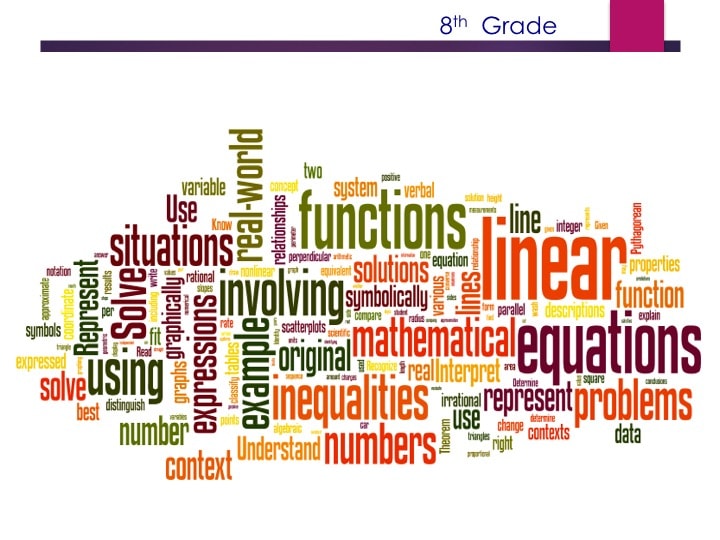
Language arts students in the eighth grade continue to use the "Expeditionary Learning" curriculum, a comprehensive reading and writing program which is skill-based and fully aligned to state and national academic standards. Students progress as a class through four learning "modules" throughout the year, each consisting of three units and overarching essential questions and themes with real-world connections. These modules feature central texts (books, articles, poems, and speeches) which students analyze in-depth and use to practice targeted skills. Special emphasis is given to using textual evidence in analysis, making inferences while reading, and determining vocabulary in complex texts. Each module progresses through a standard sequence:
- Building Background Knowledge (Unit 1)
- Extended Reading and Research (Unit 2)
- Extended Writing (Unit 3)
In eighth grade, students learn about "The Universal Refugee Experience" as they consider the challenges of both fictional and real refugees from around the world. They then explore the theme of "Taking a Stand" as they read speeches and Harper Lee's To Kill a Mockingbird. Japanese-American relations during World War II are also explored as students read case studies and the novel Unbroken to discover how war affects individuals and societies. Finally, students finish the year by analyzing arguments and evidence as they conduct research about the sustainability of the U.S. food chain. Focused writing assignments, both creative and analytical, are embedded in these modules and focus on research and supporting ideas with text-based evidence. In addition to reading the class central texts, students also read widely as they meet independent reading requirements in a variety of genres each trimester.
Grammar (Grades 6-8)
NoRedInk
- Interactive online program
- Explicit, systematic grammar instruction
- Students practice topic until mastery is achieved
- Weekly practice with subsequent assessments
- Topic-by-topic organization of content
Caught‘ya! Grammar with a Giggle for Middle School: Giggles in the Middle
- Writing and editing practice curriculum
- Sections of a narrative with grammar and syntax errors given to students daily
- Students rewrite narrative sections using correct grammar and syntax
- Grammar rules and solutions introduced in context (students annotate narrative sections)
- Students exposed to high-level vocabulary through daily narrative texts
- Humorous, engaging stories spark student interest
Vocabulary (Grades 6-8)
- Research-based vocabulary program
- Introduces 20 words at a time to help students deepen vocabulary understanding
- Academic vocabulary knowledge is constructed using contextual and definitional information
- Students work with words in multiple contexts and use words to respond to text-based questions
Grade 6- Sadlier Vocabulary Workshop Achieve Level A 2018
Grade 7- Sadlier Vocabulary Workshop Achieve Level B 2018
Grade 8- Sadlier Vocabulary Workshop Achieve Level C 2018
In 8th grade, we immerse students in history with an inquiry-based social studies program! By using the Houghton Mifflin Harcourt Social Studies curriculum, students will dig into the geography, history, culture, and people from around the world by engaging in classroom activities that include technology and collaboration. To learn more about HMH visit their website at https://www.hmhco.com/programs/hmh-social-studies.

